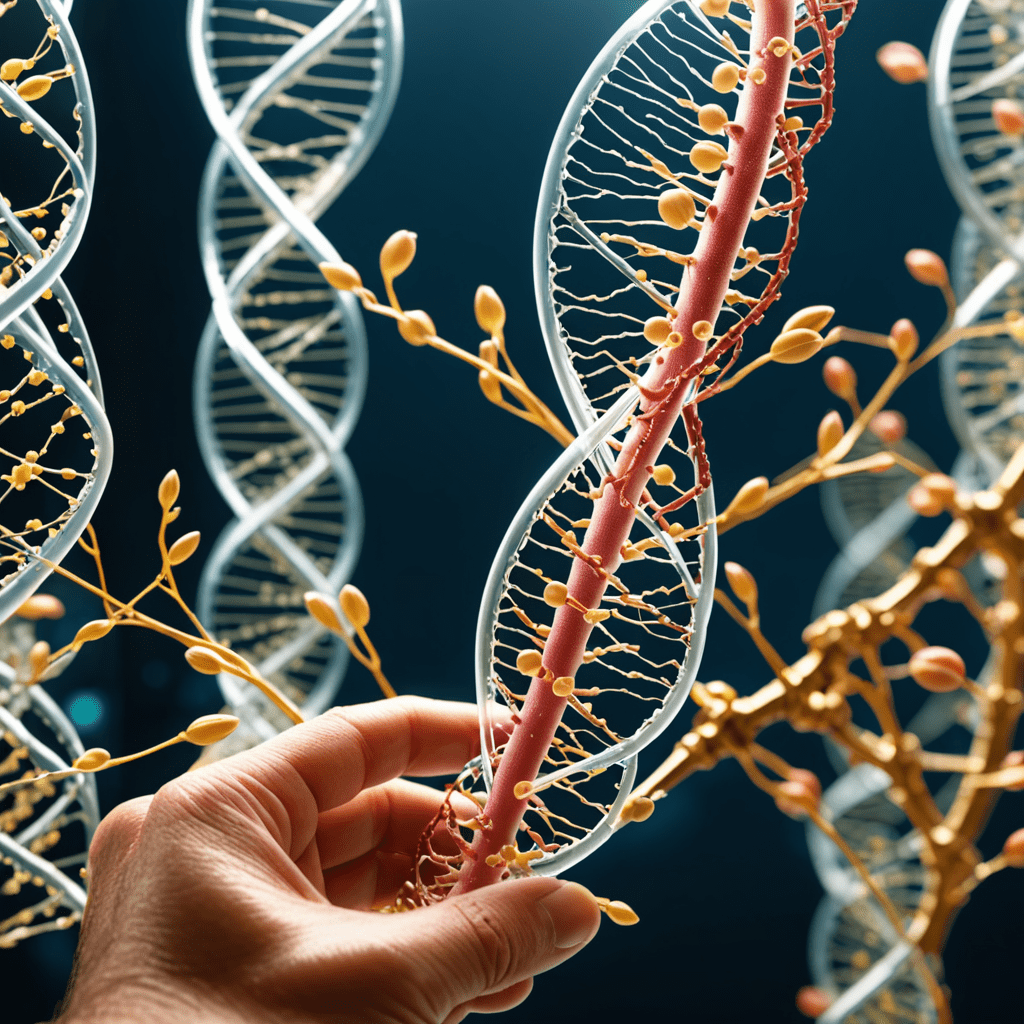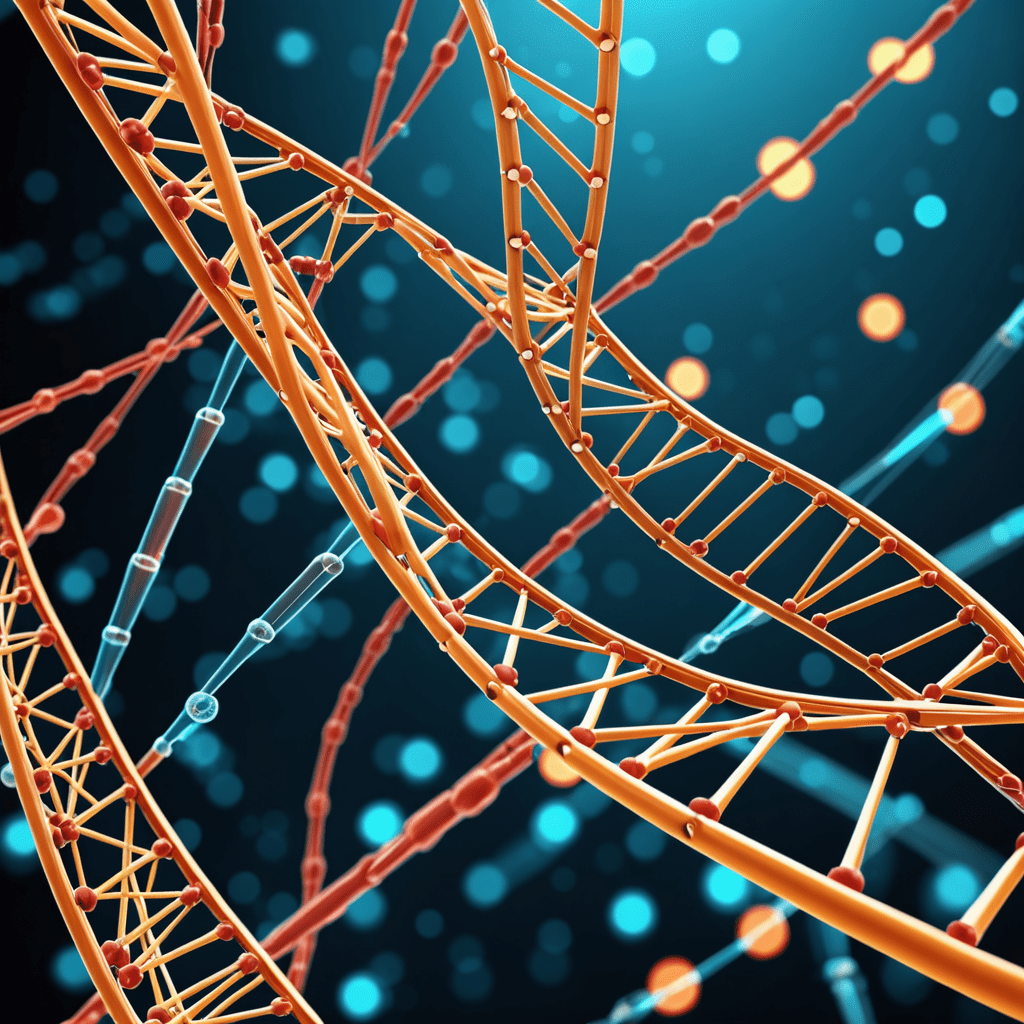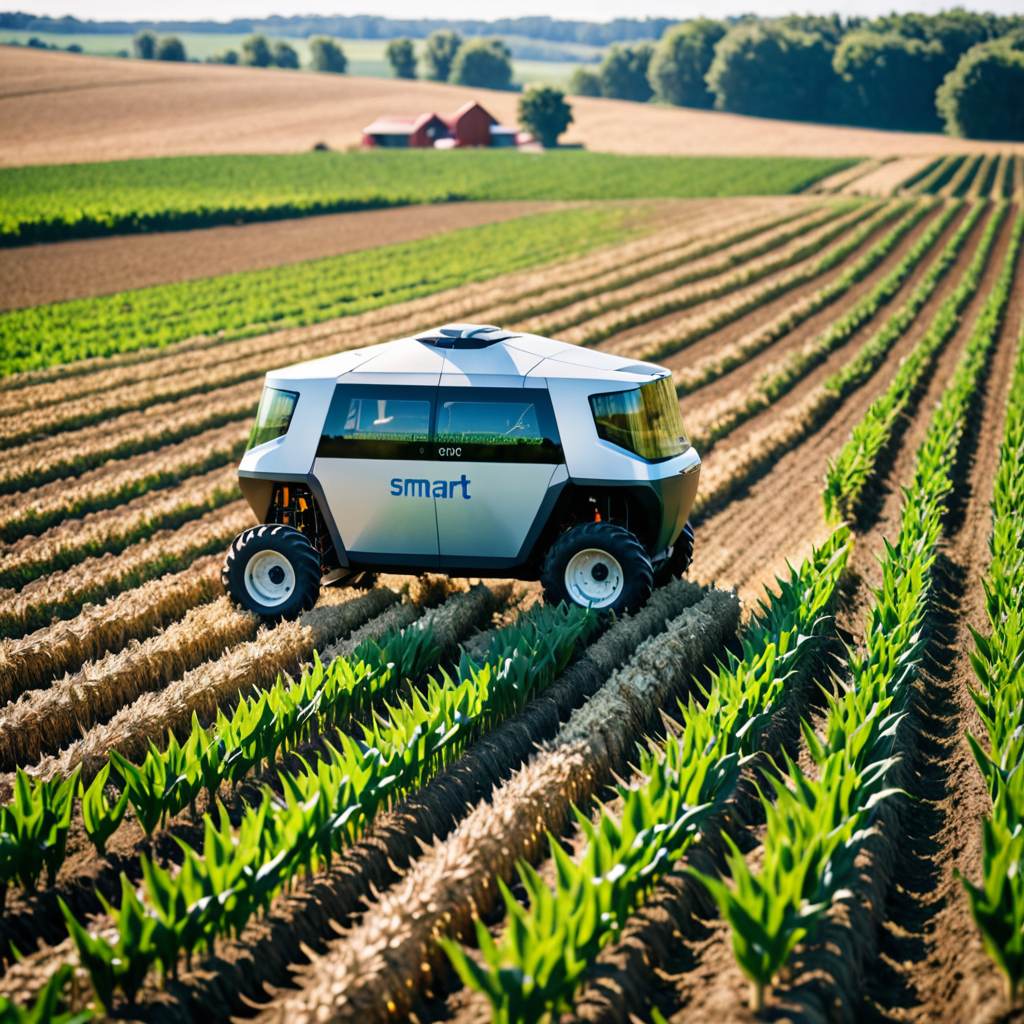The Fascinating World of Biotechnological Applications of Microorganisms
Microorganisms are tiny living organisms that play a crucial role in various biotechnological applications. By harnessing their unique capabilities, scientists and researchers have unlocked a world of possibilities in the field of biotechnology.
The Role of Microorganisms in Biotechnology
Microorganisms, such as bacteria, fungi, and algae, have diverse metabolic pathways that can be manipulated for specific purposes. They are used in processes like fermentation, enzyme production, waste treatment, and biofuel generation.
Applications in Medicine and Healthcare
Microorganisms are utilized in producing antibiotics, vaccines, and probiotics. They are also essential in genetic engineering for the production of various pharmaceuticals, contributing significantly to advancements in medicine.
Agricultural and Environmental Applications
In agriculture, microorganisms are harnessed for biofertilizers, biopesticides, and soil remediation. They aid in improving crop yields and reducing the dependency on chemical inputs. In environmental biotechnology, microorganisms are used in wastewater treatment, bioremediation, and recycling processes.
Biodegradation and Bioremediation
Microorganisms possess the ability to break down organic pollutants in soil, water, and air. Through biodegradation and bioremediation processes, they help in cleaning up environmental contaminants, making them invaluable in addressing pollution issues.
Industrial Applications of Microorganisms
Various industries utilize microorganisms for bioengineering products, such as enzymes, biofuels, and bioplastics. The efficiency and versatility of microbial processes make them cost-effective and eco-friendly alternatives to traditional manufacturing methods.
Future Prospects and Research Trends
Ongoing research in biotechnology continues to explore novel ways of harnessing microorganisms for sustainable practices. From synthetic biology to bioinformatics, the integration of microorganisms into biotechnological applications holds immense promise for addressing global challenges in health, agriculture, and the environment.
Conclusion
The utilization of microorganisms in biotechnological applications represents a frontier of innovation with far-reaching implications. By understanding and leveraging the diverse capabilities of these tiny organisms, we pave the way for a more sustainable and technologically advanced future.
FAQ: Harnessing Microorganisms for Biotechnological Applications
What are biotechnological applications of microorganisms?
Microorganisms like bacteria, fungi, and yeast are used in various biotechnological applications, such as producing enzymes, biofuels, antibiotics, and vaccines, as well as in wastewater treatment and genetic engineering.
How are microorganisms harnessed for biotechnological purposes?
Microorganisms are manipulated through processes like fermentation, genetic modification, and metabolic engineering to produce valuable products or perform specific tasks beneficial to industries ranging from pharmaceuticals to agriculture.


